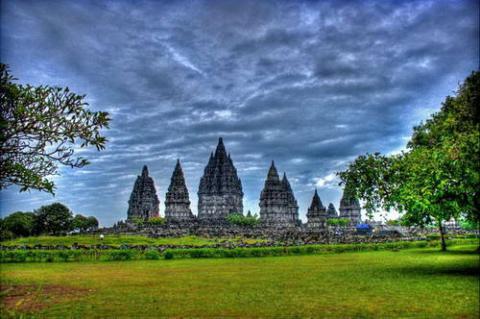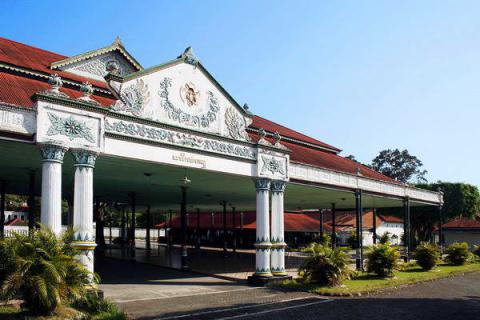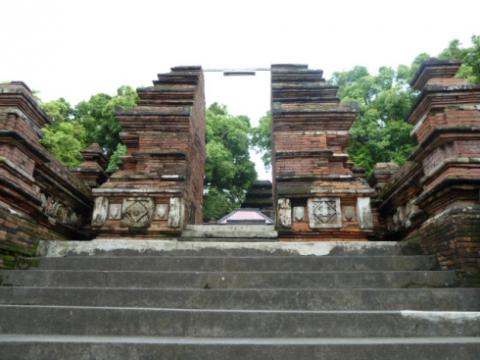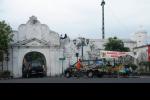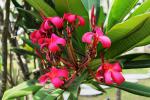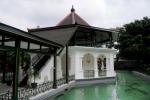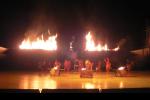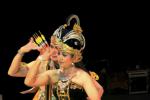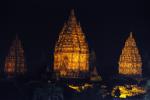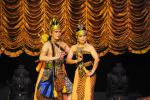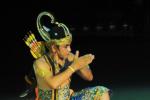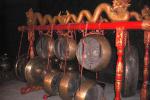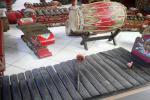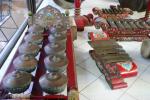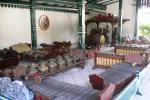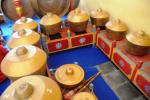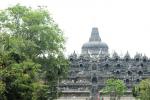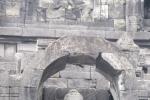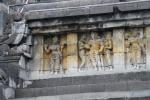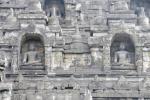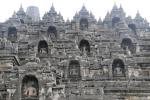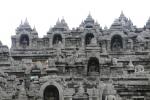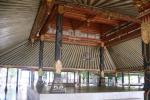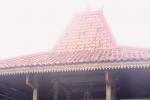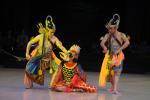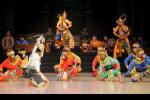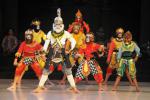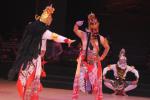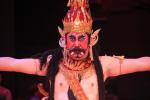Completed in around 856, Prambanan is the biggest and one of the most beautiful ancient Hindu temple complexes in South East Asia. Located about 15 kilometres from Yogyakarta on the Prambanan plains, and built by the Mataram Kingdom but abandoned by them in the 10th Century, there were originally some 250 small and large temples, many of which collapsed in an earthquake in the 16th century, leaving the temples largely forgotten in the jungle for many centuries until restoration began in the 1930s. The central compound of the Prambanan Temple Complex consists of eight large temples along with eight smaller ones on a square elevated platform surrounded by a wall with gates corresponding to each of the four cardinal points. There are three main inner shrines (the “Trimurti Temple”) of which the largest is the masterpiece dedicated to Lord Shiva and known as Loro Jonggrang (meaning Slender Maiden).
Ratu Boko.
Ratu Boko (associated with the legendary King Boko) is a few kilometres from Prambanan and situated on a hilltop that offers a view of Prambanan against a backdrop of the volcanic Mount Merapi. As an archaeological site it appears to comprise an ancient royal palace complex, similar in architectural layout with other Kratons or palaces in Java, together with Hindu and Buddhist architectural temple elements and indications that it also may have served to contain a Buddhist monastery.


